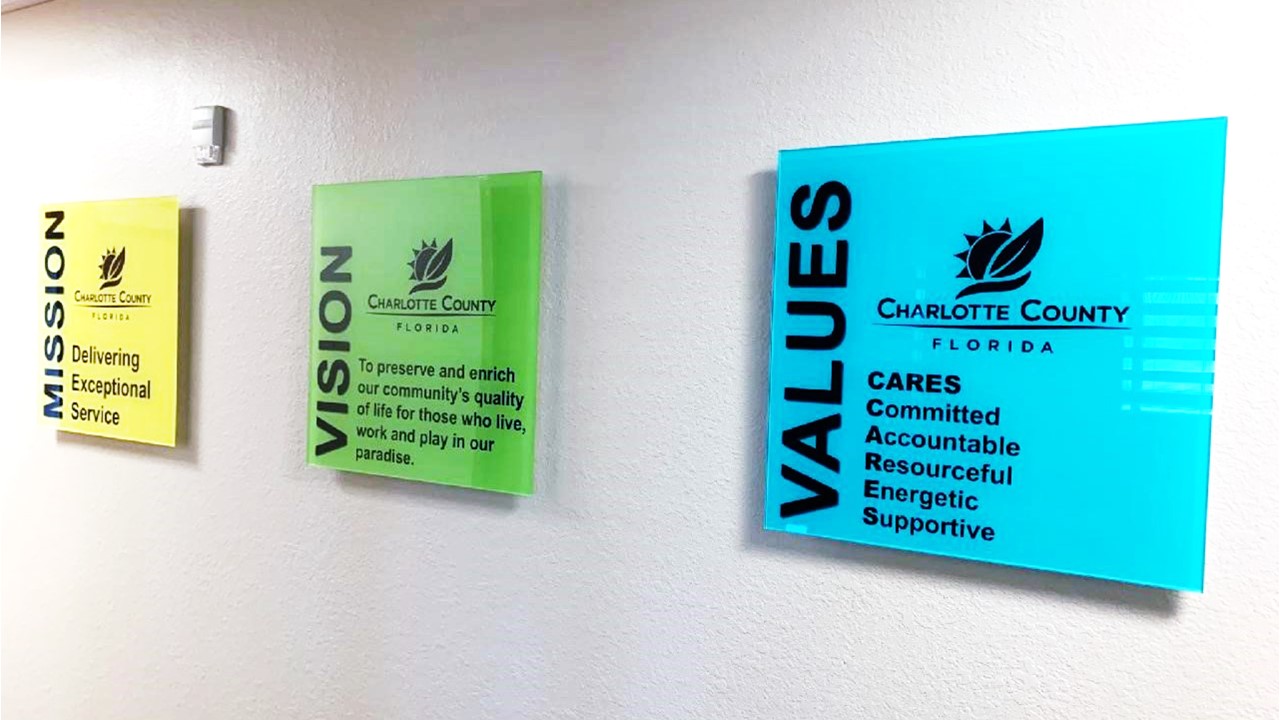
In today’s dynamic and competitive environment, organizations must ensure that every employee understands how their individual contributions align with the vision and strategic plan. This concept, known as “line of sight,” is critical for fostering a sense of purpose, motivation, and engagement among employees.
When employees can clearly see how their work directly connects to the overall goals of the organization, they are more likely to be committed, focused, and productive. As deputies and assistants, we often have the responsibility of helping our administrator bring the board’s strategic plan to life for employees. A key component to that success is creating alignment between the organizational goals and operational plans.
Line of sight refers to the direct connection between an employee’s daily tasks, responsibilities, and performance with the broader objectives of the organization. When employees have a clear line of sight, they can answer the fundamental question: “How does what I do every day contribute to the success of the organization?”
Without a strong line of sight, employees may feel disconnected from the organization’s purpose, leading to decreased motivation, job satisfaction, and overall performance. On the other hand, a well-established line of sight cultivates a sense of ownership and accountability, as employees recognize the direct impact of their efforts on the organization’s success.
Knowing how their work contributes to a greater cause gives employees a sense of purpose and meaning in their roles. This sense of purpose leads to higher job satisfaction, improved overall well-being, and increased engagement. Employees who understand the significance of their contributions are more likely to be motivated and engaged in their work. They see the direct connection between their efforts and the achievement of organizational goals. This leads to increased retention of employees.
A strong line of sight also ensures that individual goals are aligned with team and organizational objectives. This alignment streamlines efforts and prevents conflicting priorities. When employees are aware of the impact of their performance on the organization, they are more likely to take ownership of their work and strive for continuous improvement. In addition, line of sight fosters a collaborative environment, as employees understand how their work interacts with and supports the work of their colleagues. Ultimately, all of the above are necessary for moving the needle forward in advancing strategic initiatives for the organization.
Strategies for Creating Line of Sight
1. Clearly communicate the vision and goals.
Start by clearly articulating the organization’s vision, mission, and strategic goals. Ensure that this information is readily accessible to all employees through regular communications, staff meetings, and internal platforms. In our organization, we have this information posted in multiple places, but it is more than just signage. You must breathe life into it and make it a part of your everyday verbiage. Creating a culture that is aligned with the mission, vision, and values is key and must be reinforced daily.
2. Connect individual roles to organizational goals.
Engage in regular discussions with employees to help them understand how their roles directly support the achievement of departmental and organizational objectives. Create tools and highlight success stories that demonstrate the impact of their efforts. In my organization, we created line of sight boards that are deployed in our departments to serve as forums for employees to share how their individual contributions align with our strategic focus areas.
3. Provide performance feedback.
Regularly provide feedback on individual performance, linking it to the attainment of goals and how it aligns with the organization’s vision. Constructive feedback helps employees understand what they are doing well and areas where they can improve.
4. Offer training and development opportunities.
Invest in training and development programs that enhance employees’ skills and knowledge, enabling them to better contribute to the organization’s success. Make sure the training aligns with both individual and organizational goals.
5. Recognize and celebrate achievements.
Acknowledge and celebrate achievements, both big and small, to reinforce the importance of employee contributions. Publicly recognize employees who exemplify line of sight in their work. This goes beyond your typical employee of the month/quarter/year type of program. Actively look for opportunities to celebrate your employees living your organizational values. Our administration gives Exceptional Service Awards to employees who we see or hear about going above and beyond to serve our residents or their colleagues.
6. Foster a culture of open communication.
Encourage open dialogue between employees and management. Actively listen to employees’ concerns, ideas, and suggestions, as this reinforces a culture of transparency and involvement. Look for ways to communicate in multiple styles, not just email. As a deputy or assistant, you can play a key role in identifying these opportunities.
Creating line of sight for employees is not a one-time endeavor; it requires continuous effort and commitment and leadership. By clearly communicating the vision and goals, aligning individual roles with the broader objectives, and providing consistent feedback and recognition, organizations can empower employees to see their direct impact on the organization’s success. This alignment not only enhances motivation and engagement but also contributes to a cohesive and high-performing workforce, ultimately propelling the organization toward sustained growth and success.

EMILY LEWIS is deputy county administrator of the Board of County Commissioners of Charlotte County, Florida.
New, Reduced Membership Dues
A new, reduced dues rate is available for CAOs/ACAOs, along with additional discounts for those in smaller communities, has been implemented. Learn more and be sure to join or renew today!
